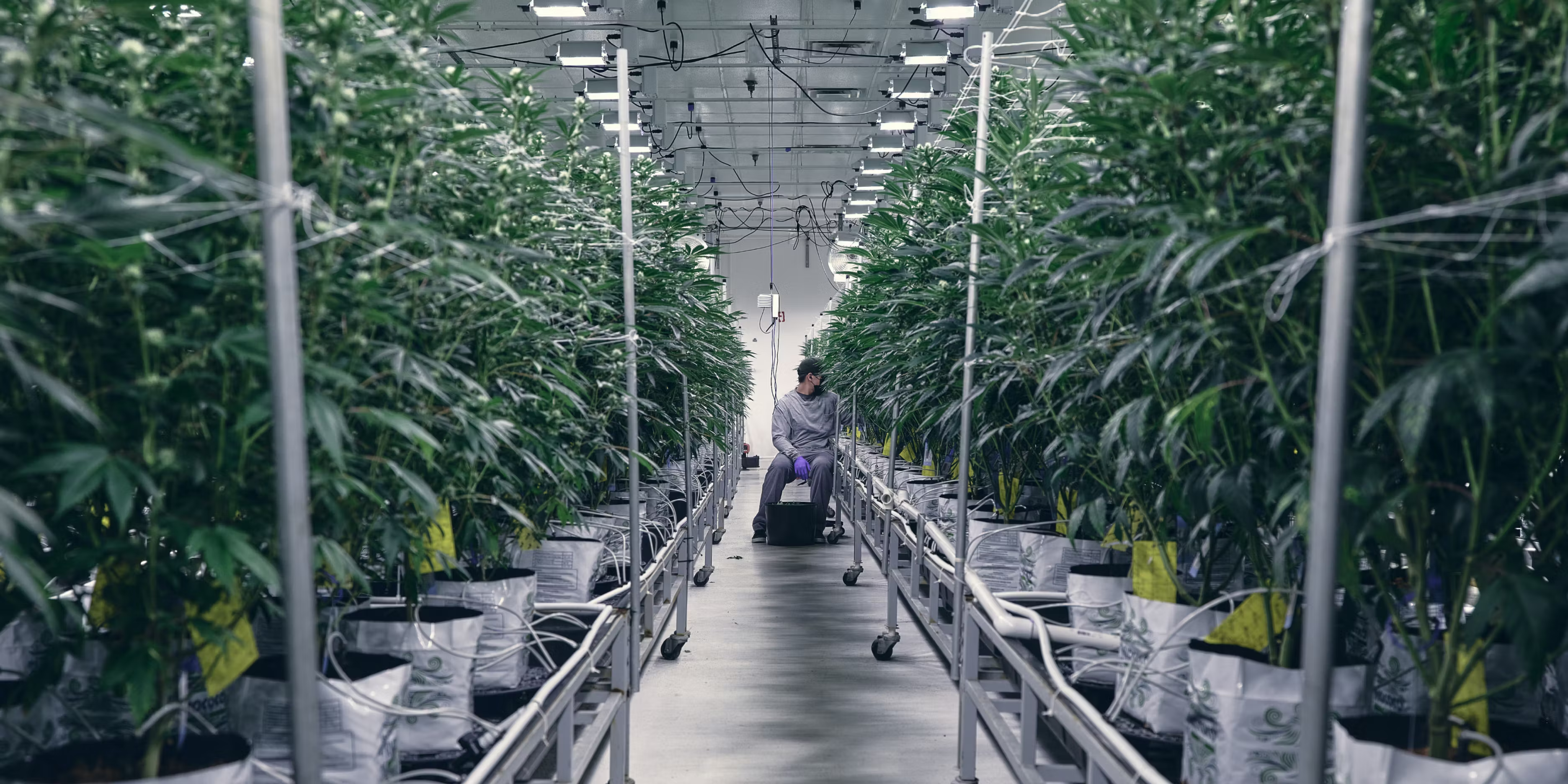Education Guide
Automated greenhouses: Overcoming growers' biggest challenges

New greenhouse automation technologies can address some of the most pressing challenges modern cultivators face. Let's explore how automated greenhouse systems are transforming the industry.
Improved crop management
Traditional irrigation systems with static set points often fail to meet the evolving needs of crops. Automated greenhouses offer adaptive irrigation that adjusts in real-time based on environmental variables like temperature, humidity, and light. This precision control allows for effective crop steering and ensures each plant receives optimal care. Moreover, automated systems enable customizable programs for multiple cultivars and growth stages within the same greenhouse.
Continuous real-time monitoring matches plant needs
Balancing water delivery and nutrient availability is crucial for healthy crop growth. Automated greenhouse systems provide continuous, real-time monitoring of substrate moisture and electrical conductivity (EC) levels. Intelligent irrigation scheduling matches plant needs throughout their lifecycle, while automated EC management maintains optimal nutrient availability. By integrating leachate analysis, these systems enable data-driven fertigation adjustments, ensuring crops receive exactly what they need when they need it.
Precision fertigation enhances crop health and yield
Inconsistent nutrient delivery can negatively impact crop health and yield. Automated fertigation systems address this issue by providing high-precision nutrient dosing for consistent and accurate fertilizer application. Automated pH and EC management, coupled with real-time nutrient monitoring, prevents imbalances before they affect crops. Customizable fertigation programs ensure each plant receives tailored nutrition throughout its lifecycle.
Synchronized control of irrigation, climate, and lighting
Automated systems synchronize irrigation, climate, and lighting to achieve a truly optimized greenhouse. This holistic approach enables data-driven decision-making based on environmental monitoring. Automated adjustments maintain ideal growing conditions as external factors change, creating a harmonious environment that promotes optimal plant growth.
Resource optimization and sustainability
In an era of increasing resource constraints, automated greenhouses help growers do more with less. Precision irrigation and water recycling systems significantly reduce water usage, while targeted fertigation minimizes nutrient waste and runoff. Energy-efficient climate controls optimize power consumption, freeing workers to do more important work while improving efficiency and sustainability.
Data-driven insights for informed decisions
Knowledge is power in modern agriculture. Automated greenhouse systems deliver comprehensive data collection coupled with advanced analytics and visualization tools for actionable insights. Historical tracking enables you to refine strategies and improve crop outcomes, turning your greenhouse into a learning laboratory for continuous improvement.
Automation helps maintain compliance
As regulations evolve, staying compliant can be challenging. Automated greenhouse systems ensure consistent adherence to best practices in nutrient and water management. They provide detailed records for traceability and regulatory compliance while maintaining stable growing conditions for consistent, high-quality crops. This proactive approach to compliance helps you stay ahead of regulatory changes and market demands.
User-friendly control and management
Advanced technology shouldn't mean complicated operation. Automated greenhouse solutions offer intuitive interfaces for easy system management, allowing control of your entire greenhouse environment with just a few taps.
Remote monitoring and control via smartphone or tablet give you the freedom to manage your operation from anywhere, while customizable notifications enable proactive issue management.
Embracing the future with automated greenhouses
By addressing critical pain points, automated greenhouse systems empower growers to maximize yield and crop quality, reduce operational costs and resource usage, and streamline workflows for improved labor efficiency.
